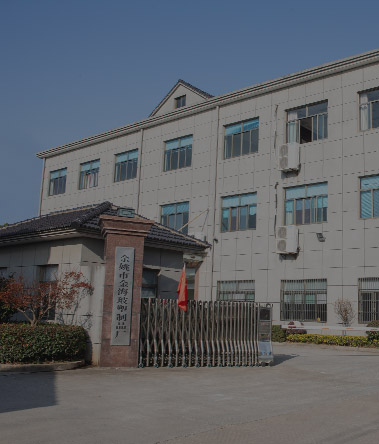What material is a trigger sprayer?
Trigger sprayers can be made from a variety of materials, depending on the specific application and the desired properties of the sprayer. Some common materials used for trigger sprayers include:
1. Polyethylene (PE): This is a lightweight, durable, and flexible plastic that is often used for trigger sprayers. PE is resistant to moisture and chemicals, making it a good choice for use with a variety of products.
2. Polypropylene (PP): PP is a strong, heat-resistant plastic that is often used for trigger sprayers. It has good chemical resistance and is commonly used with harsher chemicals, such as cleaning solutions.
3. Polyethylene terephthalate (PET): PET is a lightweight and shatter-resistant plastic that is often used for trigger sprayers that will be exposed to UV light or that need to be transparent.
4. Acrylonitrile butadiene styrene (ABS): ABS is a strong and impact-resistant plastic that is often used for trigger sprayers that will be subjected to high levels of stress, such as in industrial applications.
5. Metal: Some trigger sprayers are made from metal, such as aluminum or steel. Metal sprayers are often more durable and long-lasting than plastic sprayers, and are commonly used in industrial and commercial applications.
Overall, the material used for a trigger sprayer depends on the specific application and the desired properties of the sprayer, such as durability, chemical resistance, and UV stability.
What are the two types of trigger sprayers?
1. Adjustable sprayers: These
trigger sprayers allow the user to adjust the spray pattern from a fine mist to a jet stream, depending on the application. Adjustable sprayers typically have a nozzle that can be rotated or adjusted to change the spray pattern.
2. Fixed sprayers: Fixed sprayers have a pre-set spray pattern that cannot be adjusted by the user. They are typically designed for specific applications, such as foaming or streaming sprayers, and provide a consistent spray pattern every time.
In addition to these two main types, there are also specialized trigger sprayers designed for specific applications, such as chemical-resistant sprayers for use with harsh chemicals, and high-output sprayers for industrial applications. The choice of trigger sprayer will depend on the specific application and the desired spray pattern and performance characteristics.
What is the shape of the trigger sprayer?
The shape of
trigger sprayers can vary depending on the manufacturer and the specific application, but most trigger sprayers have a similar basic shape.
The trigger sprayer consists of a trigger mechanism, a pump mechanism, and a nozzle. The trigger is typically shaped like a pistol grip and is designed to be comfortable to hold and easy to squeeze. The pump mechanism is usually located at the top of the sprayer and is used to pressurize the container and draw the product up through the tube and out of the nozzle. The nozzle is typically located at the front of the sprayer and is designed to produce a spray or stream of the product when the trigger is squeezed.
In addition to the basic shape, trigger sprayers can also have a variety of other design features, such as textured or ribbed grips for better control, adjustable nozzles for different spray patterns, and color coding to identify different products or applications. Overall, the shape of the trigger sprayer is designed to be ergonomic and functional, to provide a comfortable and effective way to apply liquid products.


